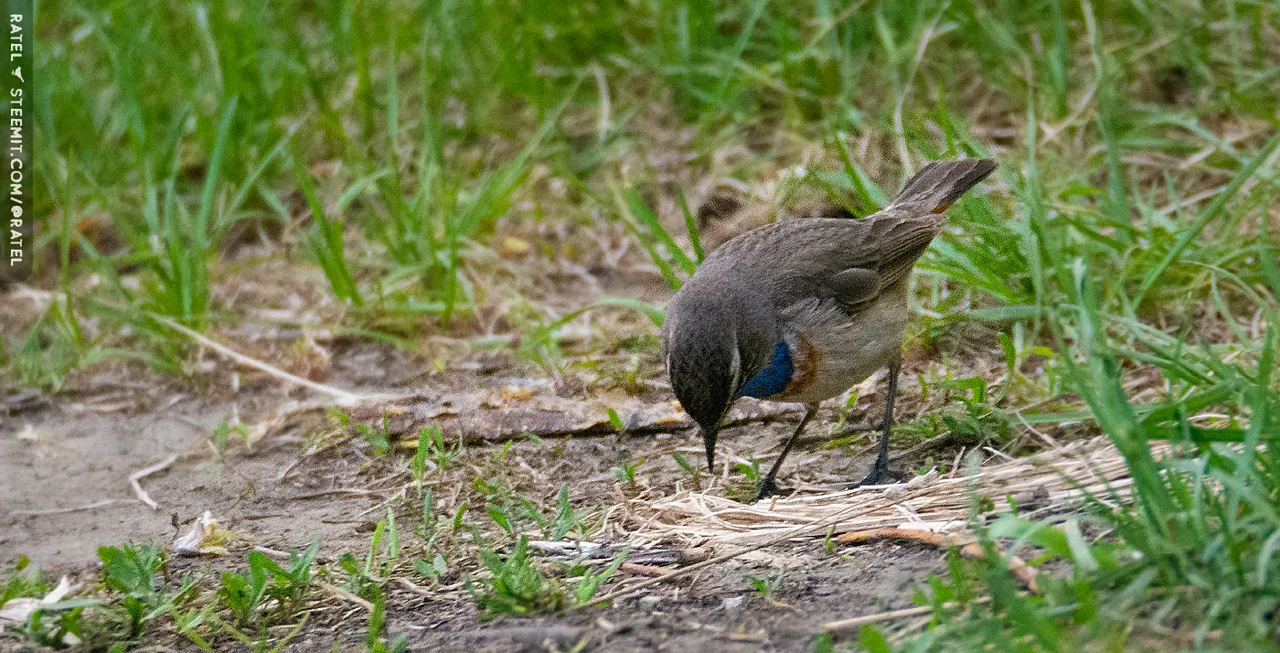
🦉 The bluethroat (Luscinia svecica)
📚 Luscinia (lat.) Nightingale
📚 svecica suecicus (lat.) Swedish; the name svecica, according to the history of the description, is not a toponym, but is given for the color of the male's chest:
Olof Rudbeck junior, Swedish botanist and birdwatcher, mentor to Carl Linnaeus,
having discovered the bluethroat in 1695 in Lapland, he gave it the name Avis Carolina in honor of the Swedish king Charles XI and the blue-yellow Swedish flag (in those days the yellow color on the flag was more reddish), and K. Linnaeus in 1758, when the absolute power of the monarchy in Sweden was no longer, considered the name svecica more correct than carolina (Jobling, 2010)

I first meet these beautiful nightingales at the very end of April in the neighboring region. There, in the steppe zone, there are flooded meadows, and at this time they are already there, and their mating season is in full swing. Males actively sing and demonstrate themselves.
And in my region they appear only after two weeks.

It's funny, but I only saw females of these birds once. Apparently they are just very shy and modest, because males are very easy to lure to the sound.

| Camera | Lens |
|---|---|
| Nikon D5200 | Tamron SP AF 150-600mm f/5-6.3 Di VC USD |
